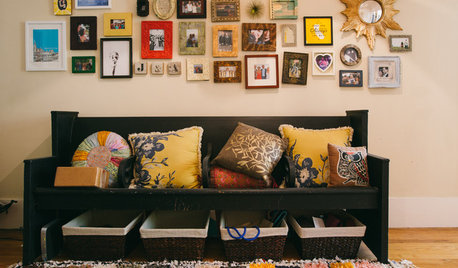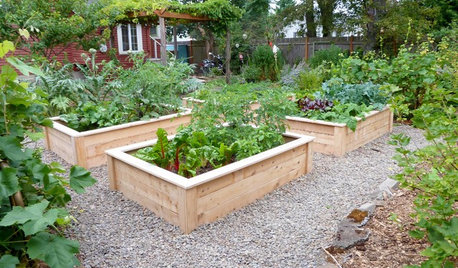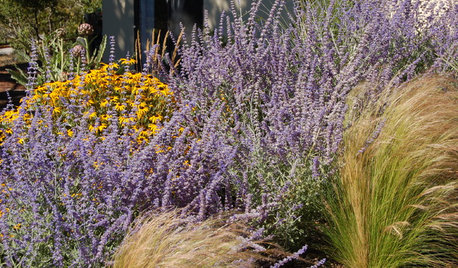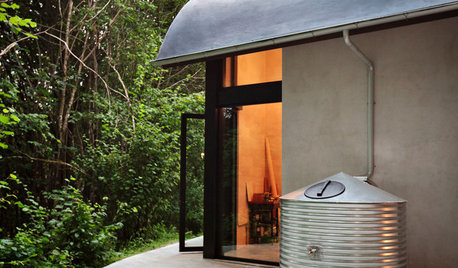Tips on How to Sow in Seed Trays ?
bluestarrgallery
18 years ago
Related Stories

GARDENING GUIDESSeeds or Seedlings? How to Get Your Garden Started
Growing delicious herbs and vegetables starts with knowing your goals and when you want to plant
Full Story
GARDENING GUIDESHow to Plant a New Lawn From Seed
Choose from more grass varieties and save money over sod by starting your lawn from seed
Full Story
WINTER GARDENINGExtend Your Growing Season With a Cold Frame in the Garden
If the sun's shining, it might be time to sow seeds under glass to transplant or harvest
Full Story
FARM YOUR YARDHow to Grow Vegetables in Containers
Get glorious vegetables and fruits on your patio with a pro’s guidance — including his personal recipe for potting mix
Full Story
ORGANIZING21 Tips for Organizing Your Stuff
Restore order at home with these ideas for tidying up cupboards, shelves, doors and more
Full Story
GARDENING GUIDES12 Tips to Help You Start an Edible Garden
Get on your way to growing your own vegetables with a raised bed or a few containers on the patio
Full Story
CALIFORNIA GARDENINGSouthern California Gardener's November Checklist
Sow wildflower seeds while ye may, give berries some love and pay attention to produce for garden veggies all winter long
Full Story0

GARDENING GUIDESTexas Gardener's May Checklist
Be especially water wise this month as you sow seeds, tend to your lawn and plant edibles, grasses and flowers
Full Story
GARDENING FOR BUTTERFLIESA Quick-Start Guide to Bird-Watching for Fun and Learning
Set out some seed and grab your field guide. Bird-watching is an easy, entertaining and educational activity for the whole family
Full Story






neil_allen
bluestarrgalleryOriginal Author
Related Professionals
Horsham Landscape Architects & Landscape Designers · Edmond Landscape Contractors · Biloxi Landscape Contractors · Brownsville Landscape Contractors · Cincinnati Landscape Contractors · Davidson Landscape Contractors · Gainesville Landscape Contractors · Kahului Landscape Contractors · Lake Saint Louis Landscape Contractors · Mission Bend Landscape Contractors · Mission Landscape Contractors · Monterey Landscape Contractors · Ponte Vedra Beach Landscape Contractors · San Rafael Landscape Contractors · Ferguson Landscape Contractorsflowerfarmer
bluestarrgalleryOriginal Author
jansblooms
flowerfarmer
bluestarrgalleryOriginal Author
Octogenarian